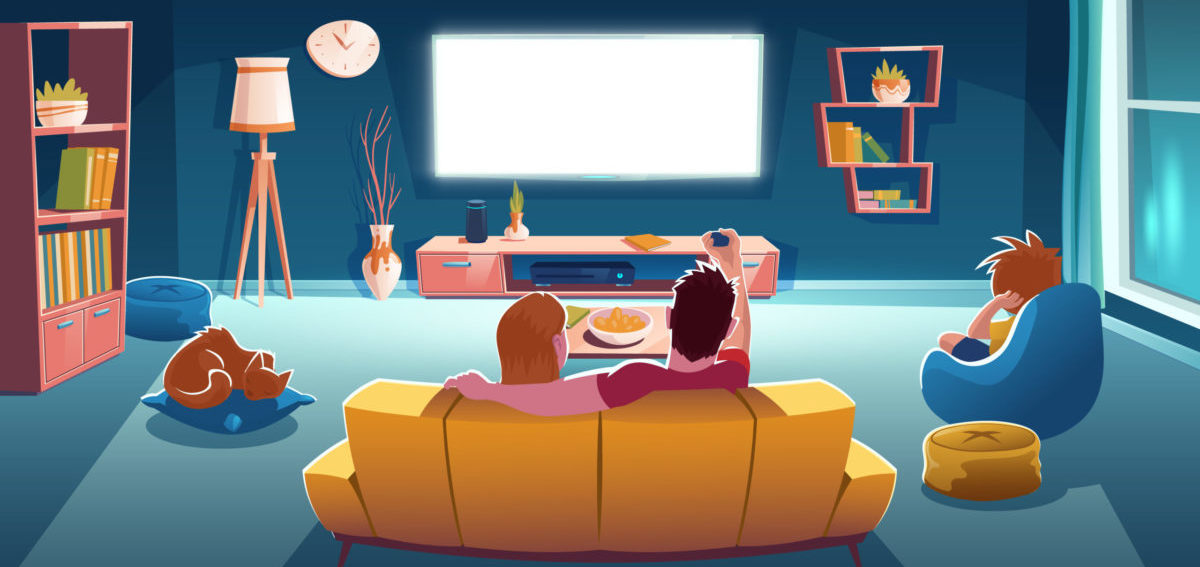M+E Daily

ITS Localisation Keynoter: Dubbing Acts in Service of the Content
Story Highlights
Änne Troester, dubbing scriptwriter and board member with the German dubbing association Synchronverband e.V., remembers that when she was a little girl, her sister noticed the lips of characters on TV wouldn’t match what was being said.
“My sister thought that was a very special skill, it was fascinating, like ventriloquism,” Troester said, speaking 29 February during the opening keynote of the ITS Localisation event in London. “She tried it out in front of a mirror, to see if maybe she could do it herself. She had not learned what people growing up in a dubbing country simply accept: that lip movements and words may not correspond.
 “What people in other countries see as a problem simply isn’t one for us. We feel no disconnect. Dubbing is something we just learn to watch movies.”
“What people in other countries see as a problem simply isn’t one for us. We feel no disconnect. Dubbing is something we just learn to watch movies.”
Her presentation — “It’s all About EntertAInment and Authenticity – The Creative View” — argued that dubbing scriptwriters, translators, and voice actors are creatives, not human tools, and what they create is a foreign original. Audience don’t see a translated movie, as they do when they watch a film with subtitles, they just see the movie.
The goal of dubbing is to give viewers the same experience in their own language that the audience watching the movie in the original language would have, Troester said. Dubbing is powerful because of the effect that the native language has on the viewers’ psyche. And dubbing works, with dubbed content being responsible for a major share of the revenues generated for a film in foreign markets.
Viewers who grow up watching dubbed content aren’t phased by it for very long, Troester said. It’s just accepted that’s how your entertainment works.
“It’s part of our culture, and doesn’t need to be fixed,” she said. “But we’re finding ourselves at a unique moment in dubbing where technologies can make it better.”
Despite how prevalent and crucial dubbing is in entertainment, allowing viewers to hear the story in their native language, Troester said she’s often surprised with the amount of people who don’t know what dubbing is. Even those working in the localisation industry. “Sometimes I take the easy way out and say it’s translating,” she said. If you want to get scientific, the actual meaning of dubbing is “replacing the original dialogue track of a film with a track on which translated dialogues have been recorded in a targeted language,” she said. “But I don’t really like to say it like that, because it sounds like we’re doing violence to the original film, ripping out part of it.”
Dubbing is an art form. Take the German dubbing of “Star Trek.” McCoy (aka Bones) is called “Pille” (or Pills) because it’s far more playful and fun for German speakers instead of the literal translation, which would be “knochen.” “Pille did in German what Bones did in English, and nobody seemed to mind,” Troester said. “For something like 80 years, the dubbers were left to their own devices.”
Changes to films via dubbing have been happening since the beginning, Troester said, simply because that’s the nature of different languages. Different jokes land in different countries, some cultures won’t get why certain phrasing is funny, and an American idiom won’t make any sense to an Italian family.
Another, oft-overlooked reason dubbing changes the content has to do with the workflow, Troester said. Dubbers have long had little to work with other than the finished product, and sometimes substandard material is involved. Working with what you have has been long accepted. Troester put it like this: “A translation into German for a Bollywood film that contains only about half the words spoken because it was prepared from the English subtitled and no script in Hindi was available.” Then there are video materials with time codes and watermarks that obscure faces. Try getting that dub close to anything normal.
“Dubbing is considered post-production and there’s little if any contact between creators of the original and creators of the dub, and dubbing decisions are being made off nothing other than a hunch,” Troester said.
 Try telling the creators of a story that proudly calls its characters “gypsies” that the translated word in German is a major slur and would never be used in civil conversation. That’s the world dubbers today are living in, Troester said.
Try telling the creators of a story that proudly calls its characters “gypsies” that the translated word in German is a major slur and would never be used in civil conversation. That’s the world dubbers today are living in, Troester said.
In the end, dubbing is only language changes that act in service of the content, Troester said. Dubbers are simply creating the same characters for an audience using a different language.
“It might be slightly different when you check out a show on a streaming platform, with the choice of subs and dubs and captions, but once you make that choice, and click on dub, you don’t watch a show that’s been translated. The process of translation has disappeared,” Troester said.
“You watch a show. That is the show. That is the magic of dubbing.”
ITS Localisation was presented by MESA in association with the Content Localisation Council and Smart Content Council, and sponsored by Dubformer, Iyuno, AppTek, EIDR, Blu Digital Group, OOONA, Papercup, and Deluxe.









